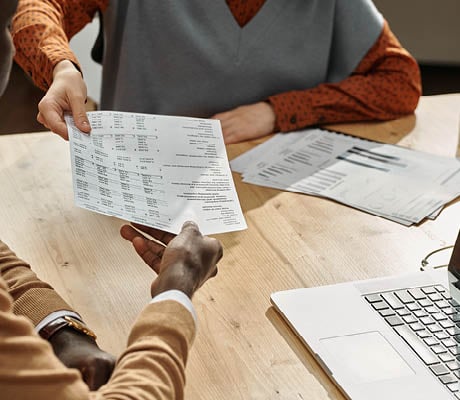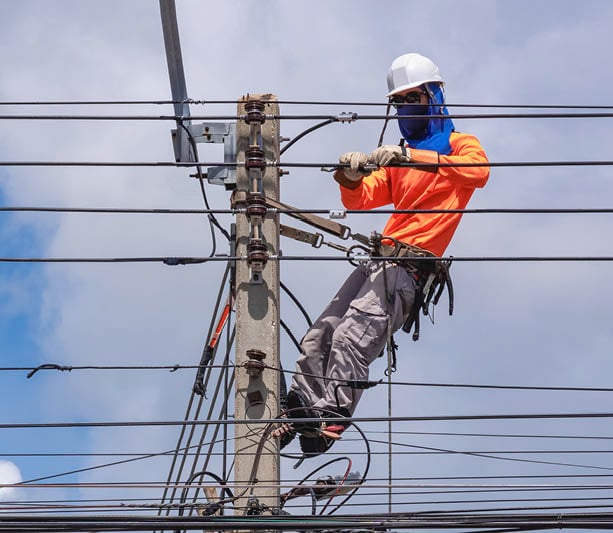Article
Why HR must lead the way in AI transformation
HR must lead ethical, strategic AI adoption—protecting entry-level roles, ensuring fairness, and building a future-ready, human-centred workforce.



































